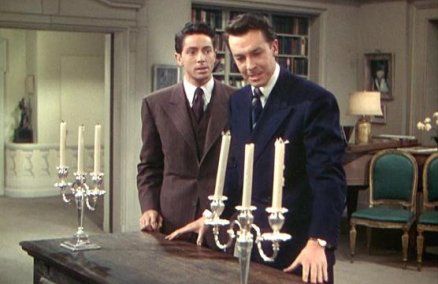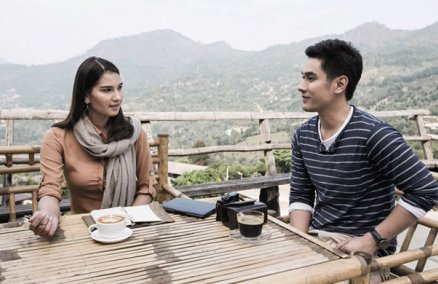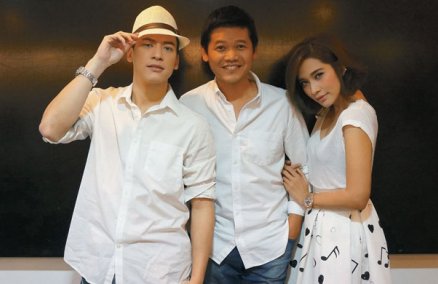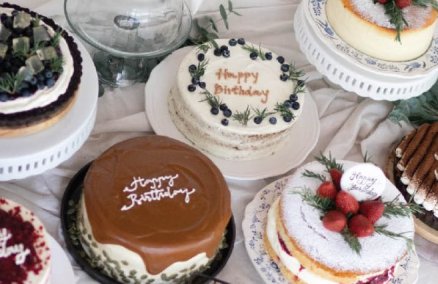How did you become a photographer?
When I started art photography in 2003, I had been working as a reporter for almost 10 years. As a journalist freelancing for magazines, I was usually sent on assignment, in France or abroad, with a photographer. At the very beginning, I started to imitate them. I found out I was not really successful, and I gave up photography, more or less. I took out my camera again in 2003. I was based in South Korea, and the cultural shock I felt there could not be decently expressed through writing, my usual medium. So I started my first real art photography series which then got published as a book called Transkoreana.
How do you think being a journalist translate into your photography?
It defined my work at the beginning. Working closely with press photographers for many years, and sometimes assisting them, I became very aware of the way they frame the world through their lenses. I insist on the word framing: in English it means both “to put in a frame” and “produce false evidence.” The way most photographers picture the world, as they are usually asked to by the media, is very archetypal. They produce, or nurture, clichés we have of “others,” especially distant, “exotic” foreigners. Think about the images produced on Thailand, and how this country is then perceived from abroad, and this will make my point very clear. And also think about the way any photographer, even amateur, tends to shoot pictures of places and scenes he has seen before, based mostly on déjà vu. So what I do in my art work, and not only with photography but also with performance and installation, is to cast a doubt on the way the world is framed by photography. I do not trust the journalistic vision anymore. Though my photography is not documentary, I still use photography to talk about the world, and I use the world to critique photography.
What’s the idea behind this show?
It starts with the idea of the reservation. National parks and indigenous reservations were created in the US at the end of the 19th century, when the wild west was being domesticated. At the same time, outdoor photography was blooming with adventurous photographers traveling around the country to keep records of those fast-disappearing landscapes and Indian tribes. Most of the time, we look at minorities through photographs, in a magazine, or if we travel to their villages, through the compulsion we have to shoot pictures of them. The problem is that ethnic photography, whether professional or amateur, tends to represent these “exotic” people as if they were still stuck in an indefinite past. Traces of modernity, like plastic basins, are usually kept out of the frame. By choosing that kind of shot, we deny minorities an access to modernity. We keep them in a reservation. With this exhibition, I want to cast a doubt on the way we look at so-called traditional people.
Tell us about your stay at the Lisu hilltribe village.
Ban Sam Kula is a very small village with around 300 inhabitants, halfway between Chiang Mai and Chiang Rai. It’s 5 km of difficult dirt road away from the nearest concrete road. Apart from the school and the unoccupied church, there are no concrete buildings and no mobile coverage. But the villagers have satellite TVs and there is a government farm nearby. Most of the time I had a lot of fun, but in the winter months things were much more difficult. Though the villagers were very welcoming, mentally and physically, this project is the most demanding thing I have ever done. When I left the village, I was in the “never again” mood. But what I experienced there, and the bond created with the villagers, were so strong that I’m thinking of going there again—at least to tell them about the exhibition.
What about the participative aspect of the show?
My project is connected to the global market in many ways: tourism, migrations, production of cash crops for export, to name but a few. The simple fact that the whole village has welcomed the experiment shows how much they are open to modernity. So my idea was to create scenes, and participative situations, in which contemporary objects photographers usually keep outside the frame are not only inside of it, but also in excess. I have used items like PVC pipes, jelly pots, plastic film or fluorescent lights to project the villagers into science-fiction like environments. It’s also a poetic reflection on photography, trying to use the medium not to document what has been and what is fast disappearing, but as a way to explore, or invent, fictional futures. Fluorescent lights, which produce auras in the pictures that the naked eye doesn’t see, are especially interesting for that.
You focus a lot on ethnicity in your work.
It’s identity I’m concerned with, that fascinating feeling when you meet a foreigner and tell yourself, “He’s so different from me, and at the same time, he’s so similar.” In my work, I explore how images, especially photography, produce archetypes. In most cases, taking pictures when you travel, we don’t pay much attention to people’s real identity. We produce, and reproduce clichés. I love travel, but I’m not trying to reduce people’s difference with a camera. On the contrary, I’m trying to seize and decipher this difference. Sometimes, this even requires leaving the camera at home. The beauty of this world is its diversity. And when different cultures meet, they create fascinating hybrids. Chanun Poomsawai
Keeping up with Marc Lathuilliere at Fluorescent People





















